Home>Garden Essentials>How Does Astro Turf Drain
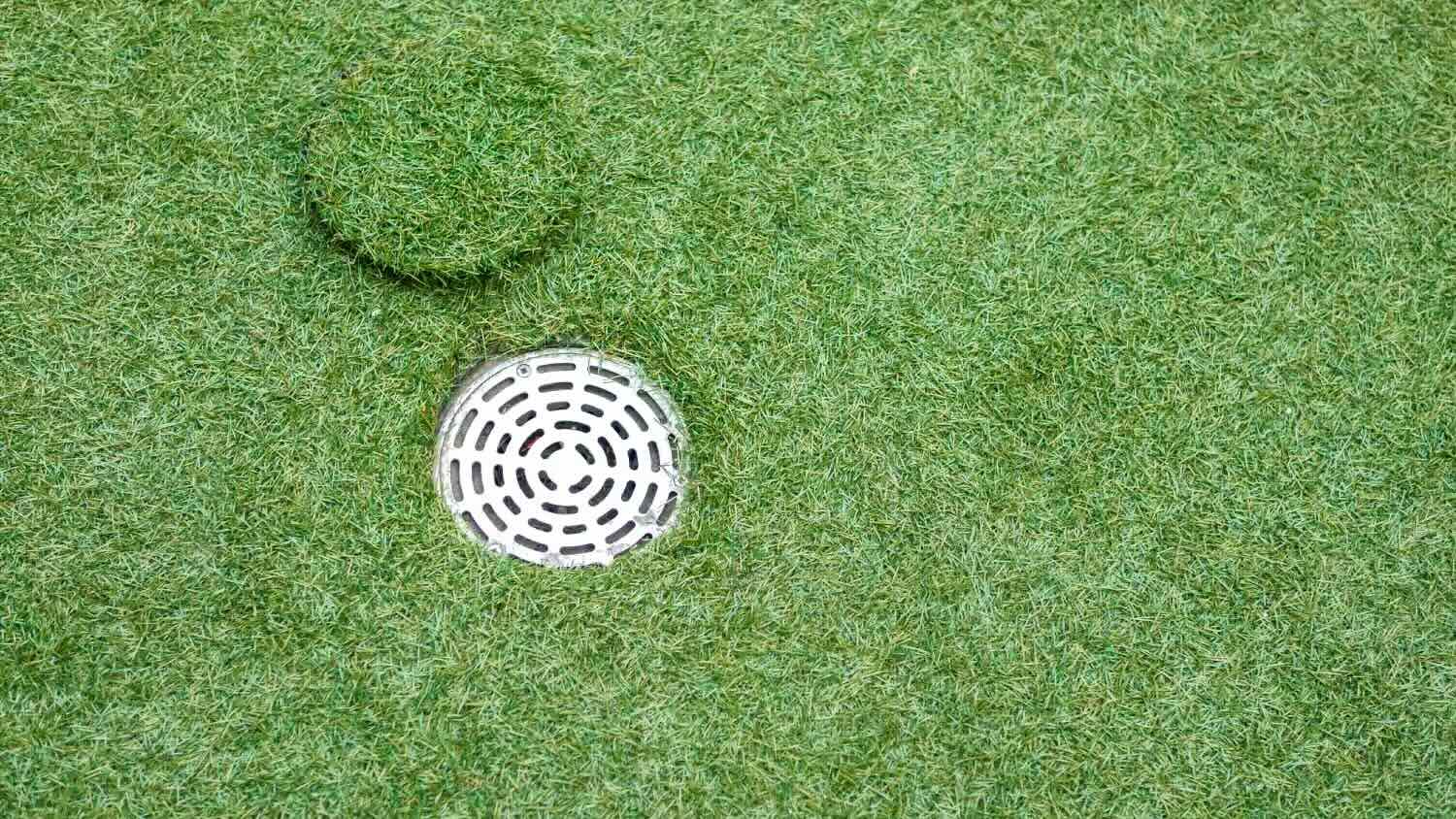

Garden Essentials
How Does Astro Turf Drain
Modified: March 7, 2024
Find out how astro turf can efficiently drain your garden and prevent waterlogging issues. Discover the benefits of using astro turf for effective garden drainage.
(Many of the links in this article redirect to a specific reviewed product. Your purchase of these products through affiliate links helps to generate commission for Storables.com, at no extra cost. Learn more)
Introduction
Welcome to the world of Astro Turf, where lush green lawns and pristine sports fields are no longer limited to natural grass surfaces. Astro Turf, also known as synthetic turf or artificial grass, has become increasingly popular in recent years due to its durability, low maintenance requirements, and realistic appearance.
One crucial aspect that determines the quality and performance of Astro Turf is its drainage system. Proper drainage is essential to prevent water accumulation, maintain a stable playing surface, and ensure the longevity of the artificial grass. In this article, we will explore the significance of drainage systems in Astro Turf and how they work to keep the surface dry and playable.
But, before we delve into the depths of Astro Turf drainage systems, let’s take a moment to understand what Astro Turf is.
Key Takeaways:
- Proper drainage in Astro Turf prevents water accumulation, reduces surface damage, and ensures a safe and playable environment for sports and recreation.
- Regular maintenance, including debris removal and spot cleaning, is essential for maintaining optimal drainage and longevity of Astro Turf installations.
Read more: What Does Astro Turf Mean
What is Astro Turf?
Astro Turf, originally trademarked as “Chemgrass,” is a type of synthetic turf that replicates the look and feel of natural grass. It was first introduced in the 1960s as a solution for sports fields that struggled to maintain healthy grass surfaces due to heavy usage and inclement weather conditions.
Unlike natural grass, which requires regular watering, mowing, and fertilization, Astro Turf offers a low-maintenance alternative that remains green and playable year-round. It is made from a combination of synthetic materials such as polyethylene, polypropylene, and nylon, which are designed to mimic the texture and appearance of real grass blades.
Over the years, Astro Turf has evolved significantly, with advancements in technology improving its durability, traction, and overall performance. It is now commonly used not only in sports fields but also in residential and commercial landscapes, playgrounds, and even indoor spaces.
The popularity of Astro Turf can be attributed to its numerous benefits. It eliminates the need for watering, reducing water consumption and costs significantly. Additionally, it requires minimal maintenance, eliminating the need for mowing, weeding, and using harmful pesticides and herbicides. Astro Turf also provides a more even playing surface for sports, reduces injuries caused by uneven terrain, and allows for increased playtime with fewer disruptions due to weather conditions.
However, to ensure the optimal performance and longevity of Astro Turf, an efficient drainage system is vital. Let’s explore the importance of drainage systems in Astro Turf in the next section.
Importance of Drainage Systems in Astro Turf
When it comes to Astro Turf, the importance of a well-designed and properly functioning drainage system cannot be overstated. Drainage systems play a crucial role in ensuring that the artificial grass surface remains dry, free from standing water and excess moisture.
One of the primary reasons for the popularity of Astro Turf is its ability to withstand heavy usage and adverse weather conditions. However, without an effective drainage system, water can accumulate on the surface, jeopardizing its performance and durability.
Excessive water accumulation can lead to several issues, including a soggy surface that hampers playability, increased risk of slipping and injuries, and even damage to the underlying layers of the turf. It can also create an ideal environment for the growth of mold, mildew, and bacteria, which can not only cause unpleasant odors but also pose health risks.
An efficient drainage system in Astro Turf helps to mitigate these issues by allowing water to quickly and effectively drain away from the surface. It ensures that rainwater, irrigation, and other liquids, including spills and pet urine, are swiftly directed away, keeping the turf dry and ready for use.
Furthermore, proper drainage helps maintain the stability of the artificial grass surface. Without it, the turf can become uneven and prone to sinking, resulting in an unsafe and uneven playing surface. This can lead to tripping hazards, reduced performance, and even long-term damage to the artificial grass fibers.
Additionally, an efficient drainage system extends the lifespan of Astro Turf. Excessive moisture can cause the underlying layers to deteriorate, leading to issues such as shrinkage, expansion, or even rotting of the turf material. By allowing water to drain away effectively, a well-maintained drainage system helps prevent these problems, ensuring the longevity and performance of the Astro Turf.
Now that we understand the significance of drainage systems in Astro Turf, let’s explore the different types of drainage systems that are commonly used for synthetic turf in the next section.
Types of Drainage Systems for Astro Turf
There are several types of drainage systems that are commonly used in Astro Turf installations to ensure efficient water management. The choice of drainage system depends on various factors, including the specific needs of the project, the climate, and the anticipated usage of the artificial turf area. Let’s explore some of the main types of drainage systems used for Astro Turf:
- Perforated Pipe Drainage: This is one of the most common drainage systems used in Astro Turf installations. It involves the installation of perforated pipes below the turf surface, which are connected to a drainage network. When water accumulates on the surface, it is guided towards the perforated pipes, which then carry it away from the turf area.
- Gravel Base Drainage: In this type of drainage system, a layer of compacted gravel is laid beneath the Astro Turf. The gravel acts as a reservoir that collects and channels water away from the surface. It provides a stable base and allows for effective drainage, preventing water from pooling on the turf.
- French Drain System: The French drain system is a trench-based drainage system that is commonly used in areas with high water table levels or heavy rainfall. It involves digging a trench, lining it with a permeable geotextile fabric, and then filling it with gravel or crushed stone. Water seeps through the fabric, enters the trench, and is carried away from the turf area.
- Slope and Surface Grading: Proper slope and surface grading are essential components of an effective drainage system. By ensuring that the artificial turf is installed on a slightly sloped surface, water can naturally flow and drain away from the area. Surface grading, which involves leveling the turf surface, further facilitates water movement and prevents water from pooling.
- Vertical Drainage: Vertical drainage systems are typically used in high-performance sports fields. They consist of a network of vertical drainage pipes installed within the subsoil layers of the Astro Turf. These pipes help to quickly drain excess water from the turf and maintain optimal playing conditions.
The choice of drainage system depends on various factors, including the specific requirements of the project, the site conditions, and the expected water load. It is important to consult with professionals experienced in Astro Turf installation to determine the most appropriate drainage system for your specific needs.
Now that we understand the different types of drainage systems, let’s explore how these systems actually work to ensure proper drainage in Astro Turf installations.
How Do Drainage Systems in Astro Turf Work?
Drainage systems in Astro Turf are designed to efficiently manage water and prevent excessive moisture buildup on the surface. These systems work by creating pathways for water to flow away from the turf, ensuring that it remains dry and playable. Here’s a closer look at how drainage systems in Astro Turf work:
1. Perforated Pipe Drainage: In this type of system, perforated pipes are installed beneath the artificial turf. These pipes are spaced evenly across the area and are connected to a drainage network. When water accumulates on the surface, it seeps through the turf and is directed towards the perforated pipes. The pipes then carry the water away from the turf, ensuring proper drainage.
2. Gravel Base Drainage: This system involves the use of a layer of compacted gravel beneath the Astro Turf. The gravel acts as a reservoir that collects and channels water away from the surface. When it rains or when water is applied to the turf (such as during irrigation), the water infiltrates through the turf, reaches the layer of gravel, and is gradually drained away from the turf area.
3. French Drain System: The French drain system consists of a trench, usually placed along the perimeter of the Astro Turf area or in problem spots where water tends to pool. The trench is lined with a permeable geotextile fabric that allows water to pass through while preventing soil and debris from entering the drain. Crushed stone or gravel is then placed in the trench, creating a porous path for water to flow. When water accumulates on the surface, it infiltrates through the turf, enters the trench, and flows towards the appropriate drainage outlet.
4. Slope and Surface Grading: Proper slope and surface grading play a crucial role in drainage. The Astro Turf is installed on a slightly sloped surface, which allows water to naturally flow and drain away. Surface grading helps to ensure that water is directed towards the drainage system, preventing it from pooling on the turf. The combination of slope and surface grading facilitates the efficient movement of water away from the playing surface.
5. Vertical Drainage: Vertical drainage systems, typically used in high-performance sports fields, include a network of vertical drainage pipes installed within the turf’s subsoil layers. These pipes provide additional channels for water to drain away from the surface quickly. When water accumulates on the turf, it infiltrates through the artificial grass blades, reaches the subsoil layers, and is collected by the vertical drainage pipes. The pipes then carry the water away, maintaining optimal playing conditions.
By effectively redirecting water away from the surface, these drainage systems ensure that the Astro Turf remains dry and playable. They help prevent water accumulation, reduce the risk of surface damage, and promote the longevity of the artificial grass.
Up next, we will explore the various factors that can affect Astro Turf drainage.
Astro turf drains through a system of perforated backing that allows water to pass through and drain into the ground below. It’s important to ensure proper installation and maintenance to prevent water buildup and potential damage.
Read more: How Long Does Astro Turf Last
Factors Affecting Astro Turf Drainage
Several factors can influence the effectiveness of drainage systems in Astro Turf installations. Understanding these factors is crucial for ensuring optimal water management and maintaining a dry and playable surface. Let’s explore some of the key factors that can impact Astro Turf drainage:
1. Surface Contouring: The contouring of the Astro Turf surface plays a significant role in drainage. Proper surface grading and slope design are essential for facilitating the flow of water. If the surface is not appropriately contoured, water may pool or collect in certain areas, hindering effective drainage. It is important to ensure that the installation is correctly leveled and sloped to promote efficient water runoff.
2. Soil Composition: The soil composition beneath the Astro Turf can affect drainage. Different soil types have varying levels of permeability. Sandy soils, for example, are generally more permeable and allow water to drain more quickly. Clay soils, on the other hand, are less permeable and can lead to slower drainage. It is important to consider soil type and make necessary adjustments to optimize drainage performance.
3. Compaction: The level of compaction of the subsoil layers can influence drainage. Overly compacted soil can hinder water infiltration and drainage. On the other hand, undercompacted soil can become too loose, leading to poor stability and potential for surface sinking. Proper soil preparation and compaction are essential to ensure effective drainage in Astro Turf installations.
4. Vegetation and Organic Material: Presence of vegetation, such as weeds or roots, or excessive organic material in the subsoil layers can impede drainage. These materials can create obstacles that restrict the flow of water, leading to water accumulation on the Astro Turf surface. Removing vegetation and ensuring a clean subsoil surface prior to installation is essential for maintaining proper drainage.
5. Climate and Rainfall: The climate and the amount of rainfall in a particular area can greatly impact Astro Turf drainage. Areas with heavy rainfall may require more robust drainage systems to handle higher water volumes. Similarly, areas with intense heat and less rainfall may require less extensive drainage. Understanding the local climate and rainfall patterns is crucial in designing an effective drainage system for Astro Turf.
6. Maintenance and Cleaning: Regular maintenance and cleaning practices can also affect drainage in Astro Turf installations. Accumulated debris, such as leaves, dirt, or pet hair, can obstruct drainage pathways and hinder water flow. It is essential to regularly clean and maintain the Astro Turf to prevent blockages and ensure optimal water management.
Considering these factors and implementing appropriate measures during the installation and maintenance of Astro Turf drainage systems will help ensure efficient water management and a dry, playable surface. In the next section, let’s explore the benefits of effective drainage in Astro Turf installations.
Benefits of Effective Drainage in Astro Turf
Effective drainage is essential for maintaining the performance, durability, and safety of Astro Turf installations. A well-designed and properly functioning drainage system offers several benefits that contribute to the overall quality of the artificial grass surface. Let’s explore some of the key advantages of having effective drainage in Astro Turf:
1. Prevents Water Accumulation: One of the primary benefits of effective drainage is the prevention of water accumulation on the Astro Turf surface. Water pooling can lead to a soggy and unsafe playing surface, hindering performance and increasing the risk of slips and injuries. Proper drainage ensures that water is swiftly and effectively directed away from the turf, keeping it dry and ready for use.
2. Enhances Playability: Astro Turf with good drainage offers enhanced playability. When water is efficiently drained from the surface, the turf remains firm and stable, facilitating better traction and ball control. Players can move swiftly without worrying about slipping or sinking into a waterlogged surface. The consistent playability of properly drained Astro Turf contributes to enjoyable and competitive sports experiences.
3. Reduces Downtime: Effective drainage reduces downtime caused by weather conditions. Natural grass fields often become unplayable after heavy rain, necessitating time-consuming maintenance and recovery efforts. With proper drainage, Astro Turf can quickly recover from rain showers, allowing for continued use and minimal disruption. This is especially beneficial for sports facilities and venues that require consistent and uninterrupted playtime.
4. Minimizes Surface Damage: Excessive moisture can cause various forms of damage to Astro Turf. Standing water can lead to the degradation of the turf fibers, resulting in a shorter lifespan. It can also cause the underlying layers to deteriorate, leading to issues such as shrinkage, expansion, or root intrusion. Effective drainage minimizes these risks by removing excess water and maintaining the structural integrity of the artificial grass surface.
5. Prevents Mold and Mildew: Moisture buildup on an improperly drained Astro Turf surface can create an ideal environment for the growth of mold, mildew, and bacteria. Apart from causing unpleasant odors, these microorganisms can pose health risks. By ensuring that water is efficiently drained away, effective drainage helps prevent the formation and proliferation of mold and mildew, ensuring a hygienic and odor-free playing surface.
6. Improves Longevity: Proper drainage contributes to the longevity of Astro Turf. Excessive moisture can lead to the degradation of the turf material and the underlying layers. By removing water and preventing damage caused by waterlogged conditions, effective drainage helps preserve the quality and durability of the artificial grass surface. This can result in longer lifespans for Astro Turf installations, ultimately providing a better return on investment.
By ensuring effective drainage in Astro Turf installations, these benefits combine to provide a reliable, durable, and playable surface. Effective water management contributes not only to the enjoyment of sports and recreational activities but also to the overall aesthetics and performance of Astro Turf areas.
In the next section, we will discuss the maintenance and cleaning practices necessary to maintain optimal drainage in Astro Turf installations.
Maintenance and Cleaning for Astro Turf Drainage
Proper maintenance and regular cleaning are vital for ensuring optimal drainage in Astro Turf installations. By following these practices, you can help maintain the performance and longevity of the synthetic grass surface. Here are some essential maintenance and cleaning tips for Astro Turf drainage:
1. Regular Brushing: Regular brushing helps to keep the turf fibers upright and prevents the accumulation of debris in the grass. Use a stiff brush or a specialized turf rake to gently brush the surface in different directions, ensuring that the synthetic grass blades stand upright. This helps to prevent blockages in the drainage system and allows for effective water flow.
2. Debris Removal: Regularly remove debris such as leaves, twigs, and other loose particles from the surface. These materials can obstruct the drainage system and prevent water from effectively flowing away. Use a leaf blower, rake, or a light vacuum to remove the debris without damaging the turf fibers.
3. Spot Cleaning: Address spills, stains, and pet urine promptly to prevent lingering odors and potential blockages in the drainage system. Blot any liquid spills immediately using absorbent materials and then clean the area using a mild detergent mixed with water. For pet urine, rinse the affected area with water and a specialized turf cleaner to remove the odor-causing bacteria.
4. Weed Control: Regularly inspect the Astro Turf surface for any signs of weeds or unwanted vegetation. Remove any weeds manually, ensuring that all roots are removed to prevent regrowth. Applying a non-toxic weed killer specifically designed for synthetic grass can also help control weed growth and prevent blockages in the drainage system.
5. Proper Irrigation: If your Astro Turf system includes an irrigation system, ensure that it is properly maintained and adjusted. Overwatering can lead to excess moisture buildup on the surface, while under-watering can cause the turf to become dry and brittle. Follow the manufacturer’s guidelines and adjust the irrigation schedule based on the specific needs of your Astro Turf installation.
6. Regular Inspection: Conduct regular inspections of the Astro Turf surface, paying attention to any signs of wear and tear, drainage issues, or underlying problems. Look for any areas of the turf that appear uneven or have poor drainage and address them promptly. Professional inspections can also help identify and resolve potential drainage problems before they worsen.
7. Professional Maintenance: Consider scheduling professional maintenance and cleaning services for your Astro Turf installation. Professionals have the knowledge, expertise, and specialized equipment to deep clean the turf, inspect the drainage system, and address any underlying issues. They can also provide valuable advice on maintaining optimal drainage in your specific Astro Turf setup.
By following these maintenance and cleaning practices, you can ensure the longevity and optimal performance of your Astro Turf drainage system. Regular care and attention will help keep the surface clean, free from debris, and properly drained, providing a safe and enjoyable playing area.
Before we conclude, let’s summarize the key points discussed in this article on Astro Turf drainage.
Conclusion
Astro Turf offers a synthetic grass solution that brings the lush green beauty of natural lawns and sports fields to any environment, providing a low-maintenance alternative with long-lasting durability. However, to ensure the optimal performance and longevity of Astro Turf, an effective drainage system is essential.
A well-designed drainage system in Astro Turf serves a crucial role in preventing water accumulation, maintaining a dry and playable surface, and preserving the structural integrity of the artificial grass. It allows water to swiftly and efficiently drain away, preventing issues such as surface flooding, unevenness, and microbial growth.
There are various types of drainage systems available for Astro Turf installations, including perforated pipe drainage, gravel base drainage, French drain systems, slope and surface grading, and vertical drainage systems. The choice of the drainage system depends on factors such as the specific project requirements, local climate, and soil composition.
Several factors can impact Astro Turf drainage, including surface contouring, soil composition, compaction, vegetation, climate, and maintenance. It is crucial to consider these factors during installation and regular maintenance to optimize drainage performance and prevent water-related problems.
The benefits of effective drainage in Astro Turf installations are numerous. It enhances playability, reduces downtime, minimizes surface damage, prevents mold and mildew growth, and improves the overall longevity of the artificial grass. A well-maintained and properly functioning drainage system ensures a dry, safe, and enjoyable playing surface for sports, recreation, and landscaping purposes.
To maintain optimal drainage, regular maintenance and cleaning practices are essential. This includes brushing the turf, removing debris, spot cleaning, controlling weeds, adjusting irrigation, conducting regular inspections, and considering professional maintenance services for deep cleaning and troubleshooting.
In conclusion, a properly designed and effectively functioning drainage system is an integral part of any Astro Turf installation. By ensuring efficient water management, you can maximize the performance, durability, and aesthetic appeal of your synthetic grass area, providing a long-lasting and enjoyable outdoor space for years to come.
So, whether it’s a sports field, a residential lawn, or a commercial landscape, with the right drainage system in place, Astro Turf can offer the perfect solution for a beautiful and hassle-free outdoor environment.
Frequently Asked Questions about How Does Astro Turf Drain
Was this page helpful?
At Storables.com, we guarantee accurate and reliable information. Our content, validated by Expert Board Contributors, is crafted following stringent Editorial Policies. We're committed to providing you with well-researched, expert-backed insights for all your informational needs.
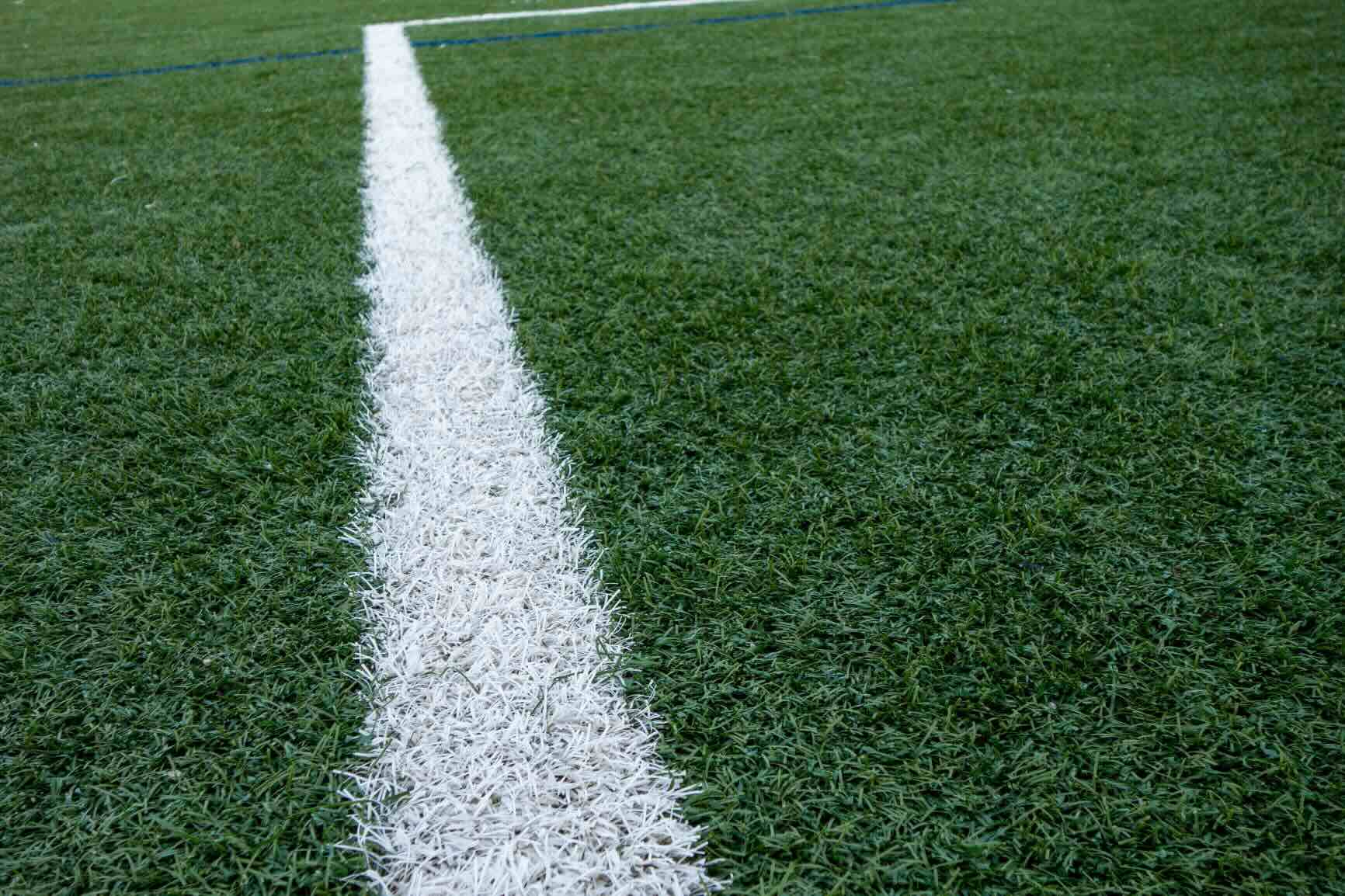
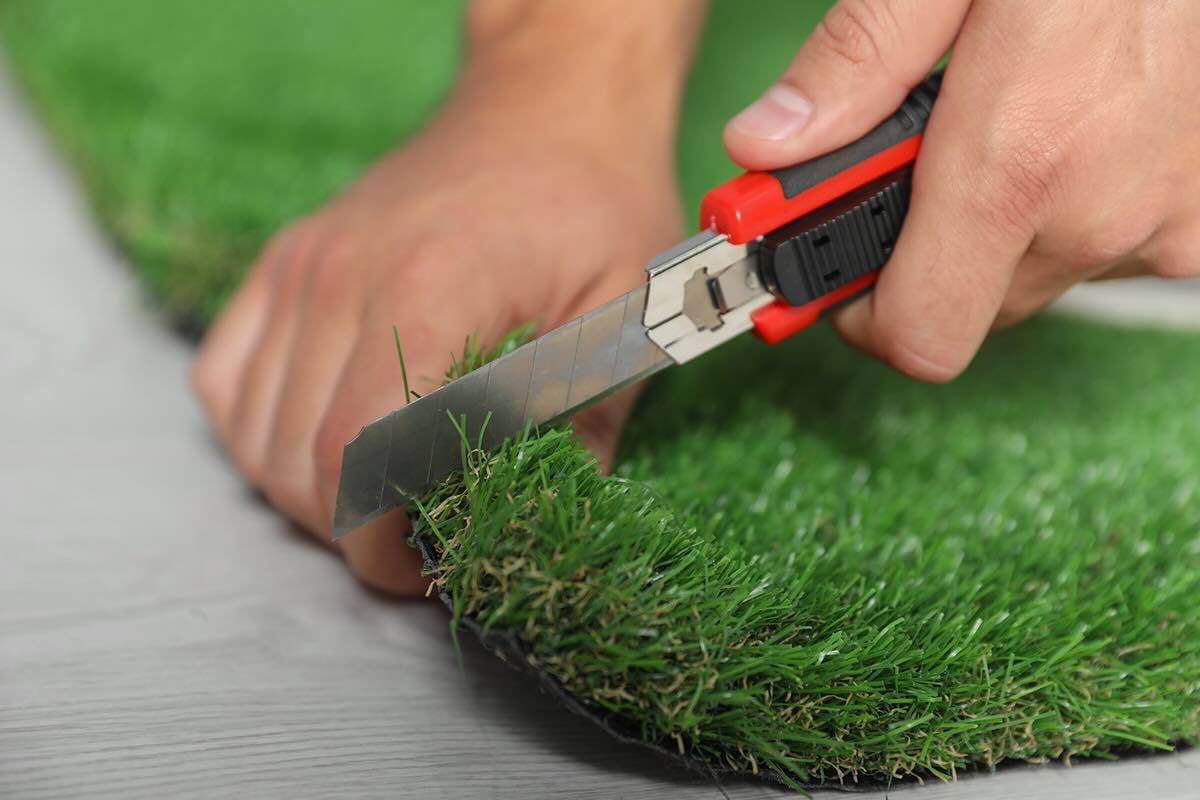
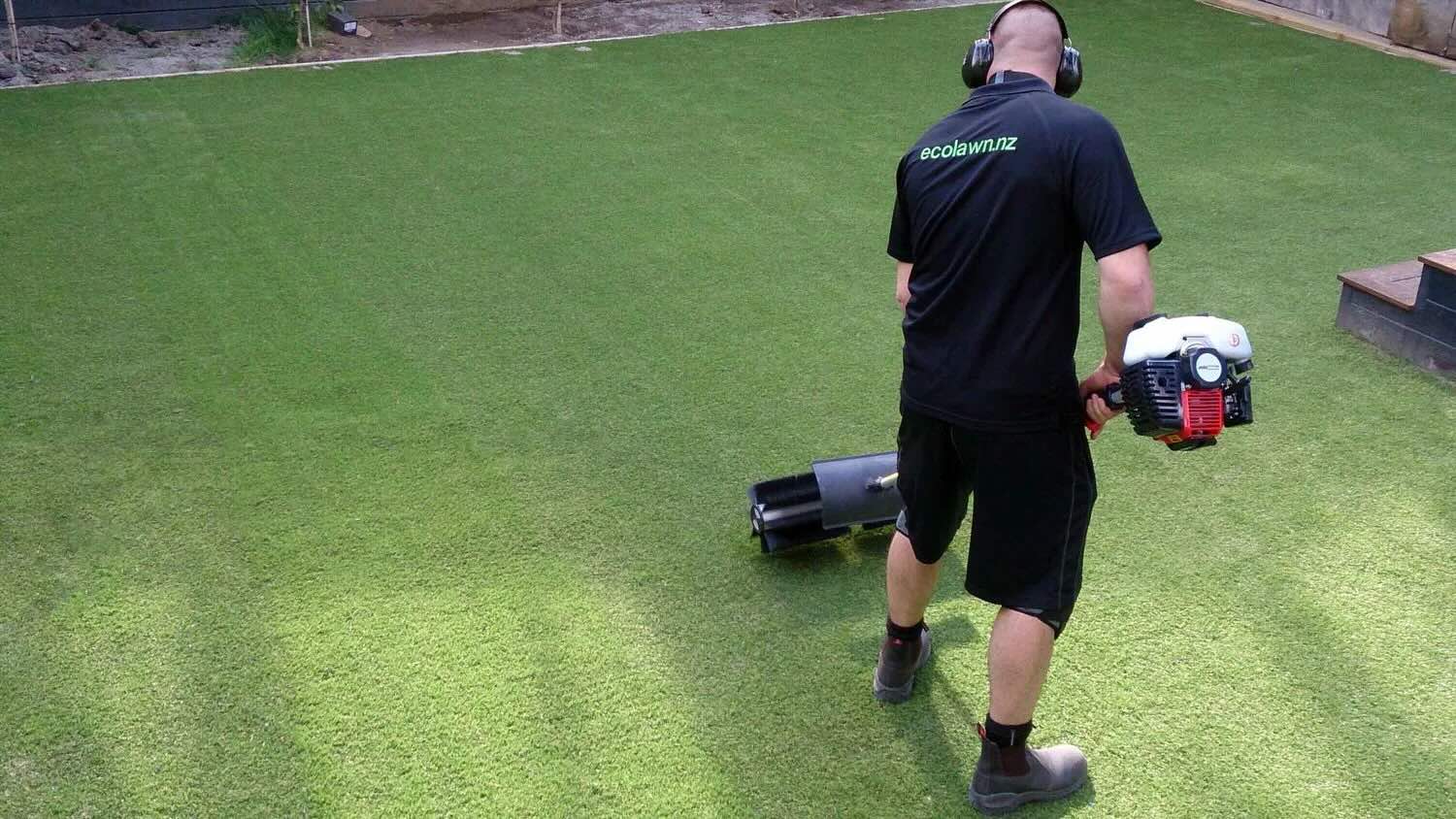
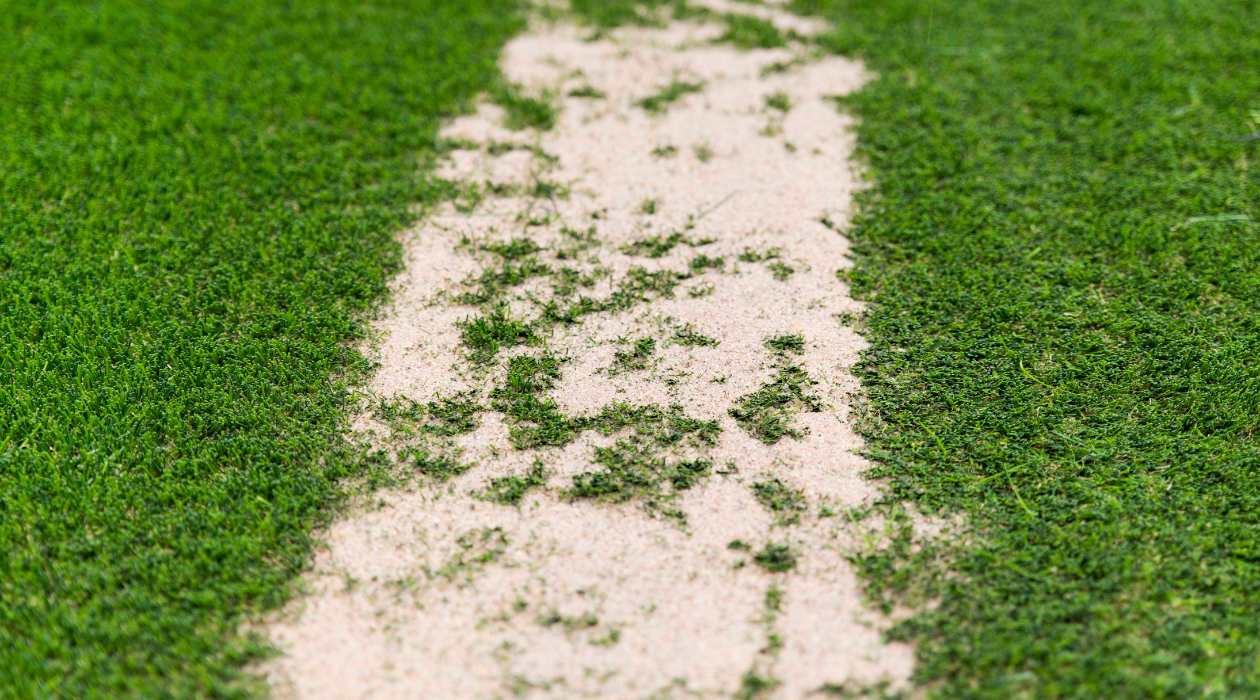
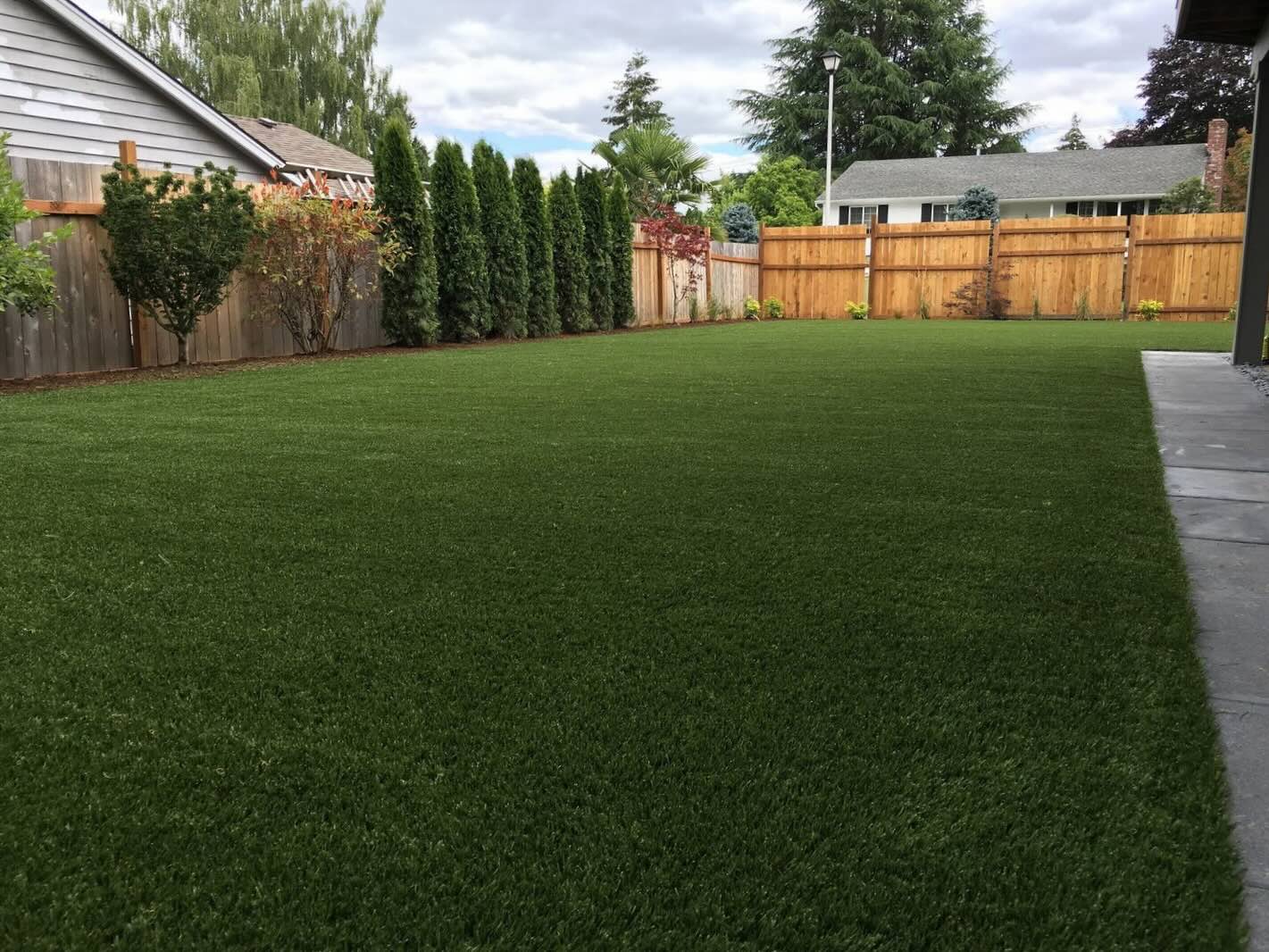
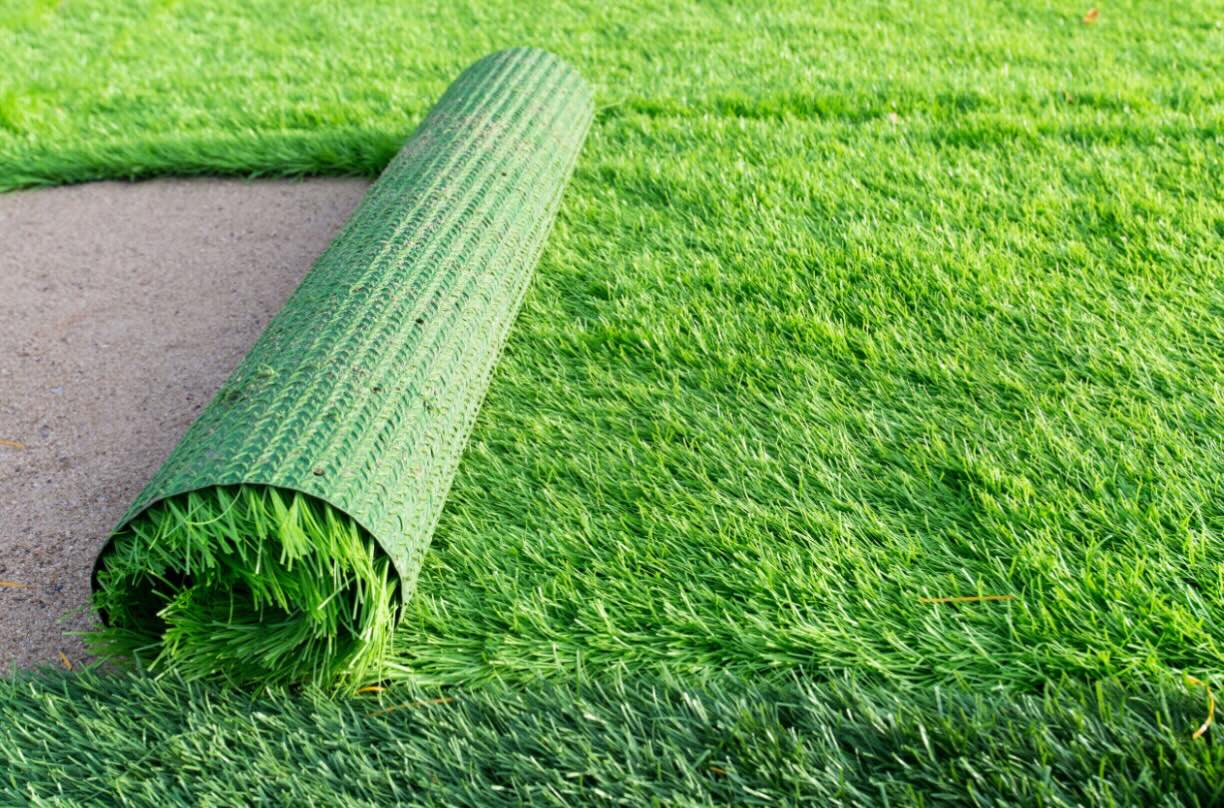
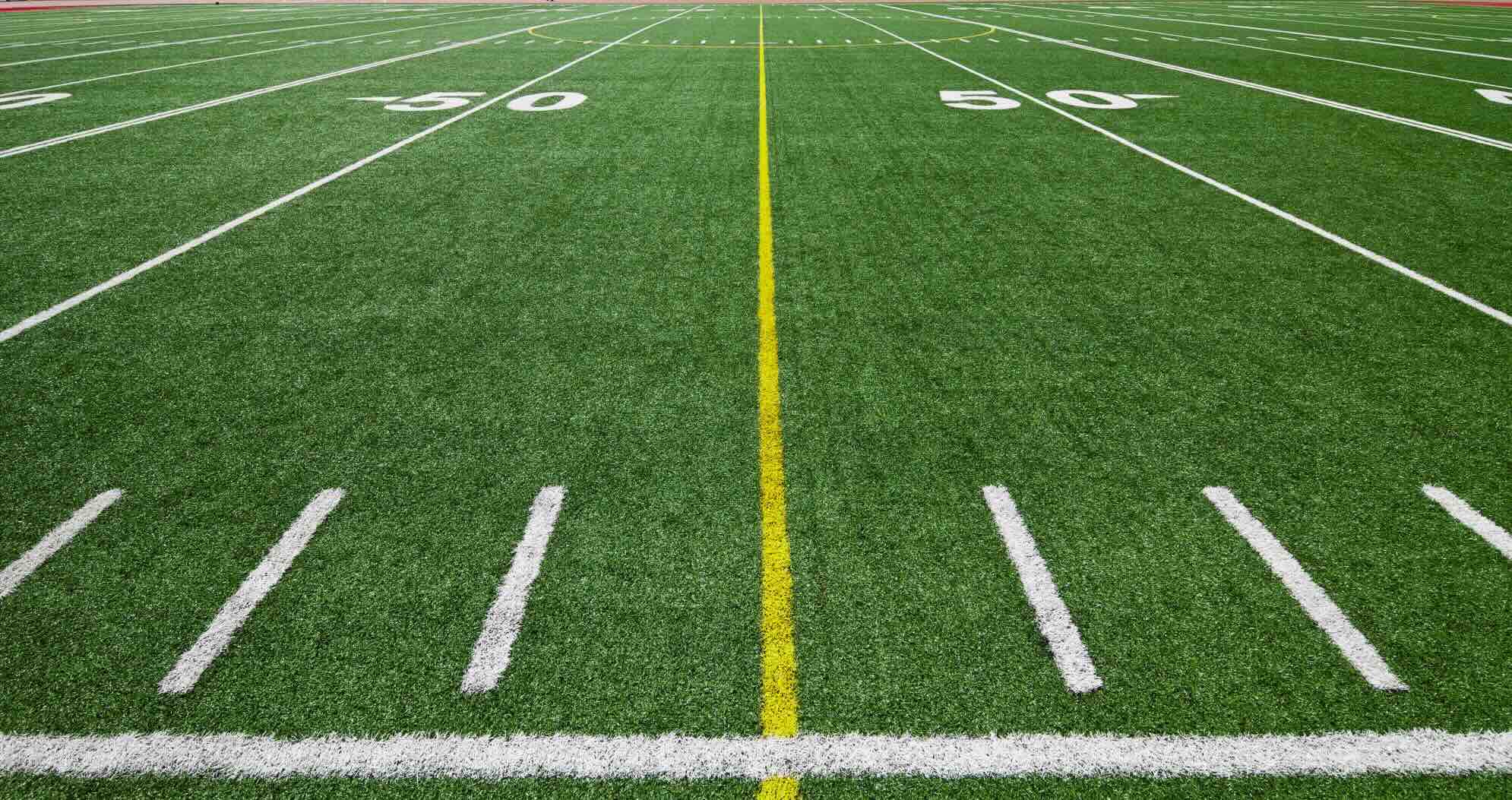
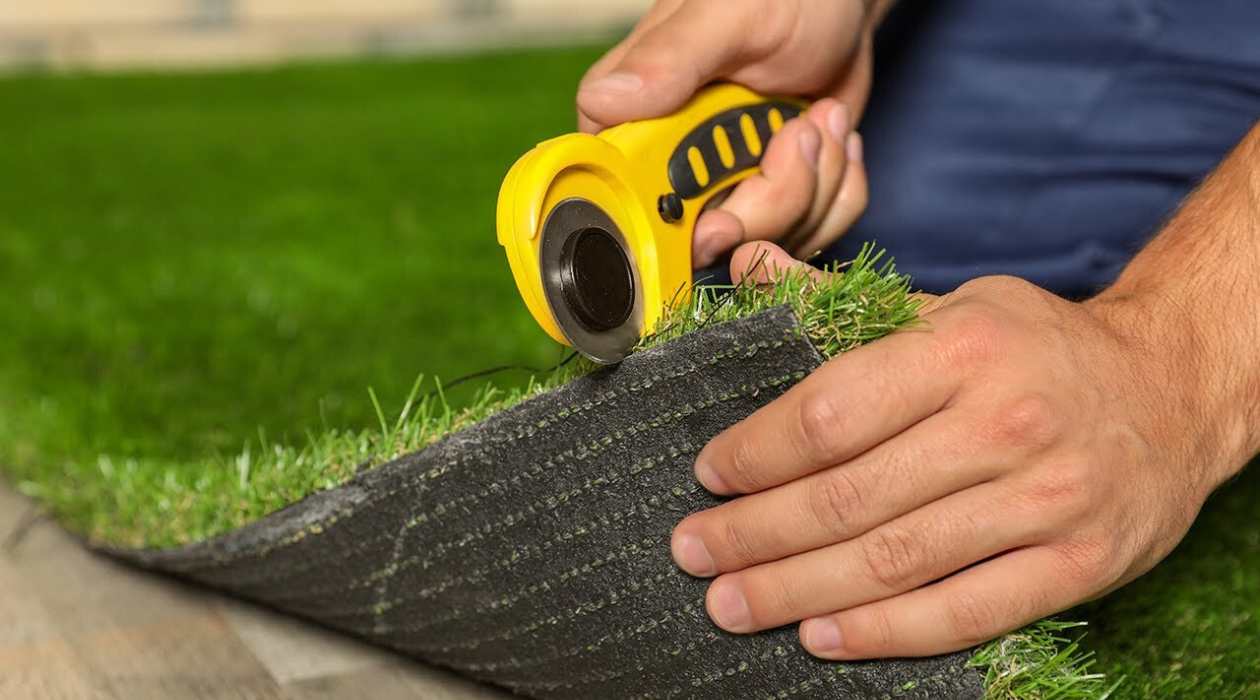
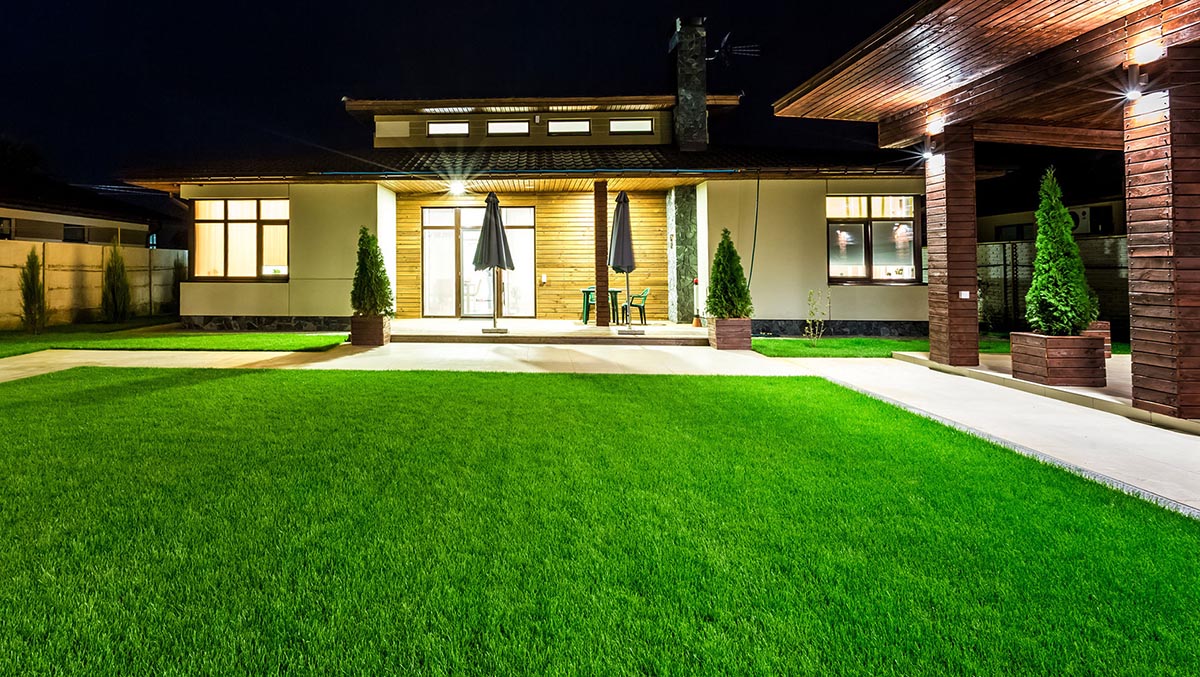
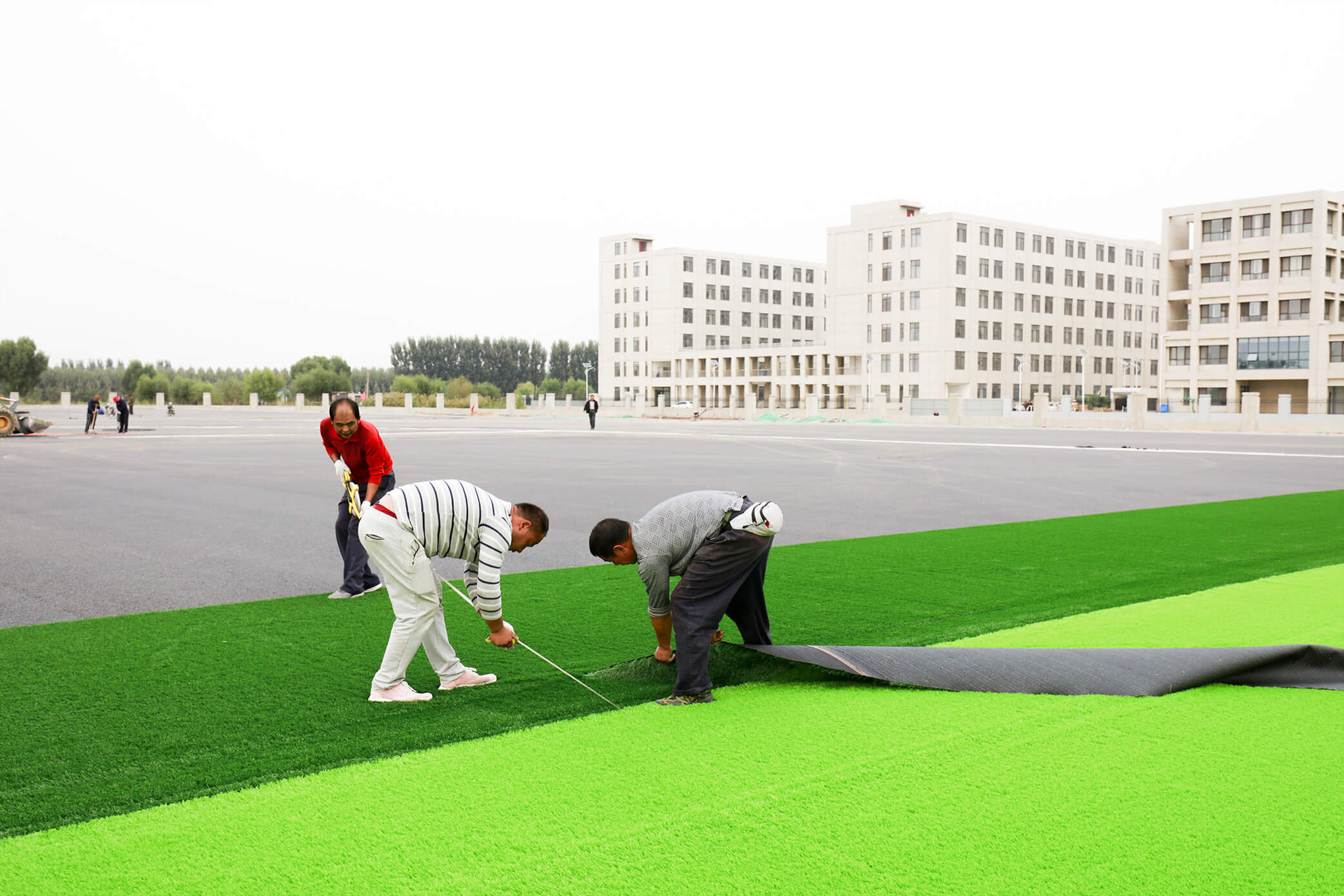
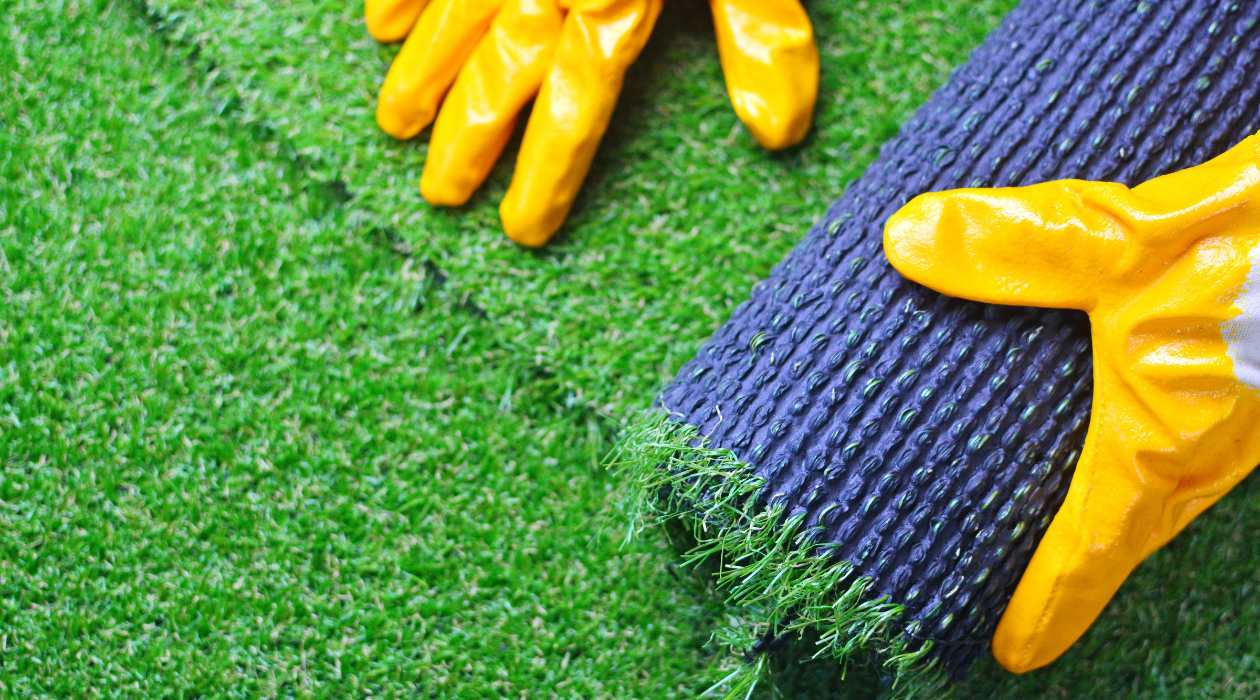
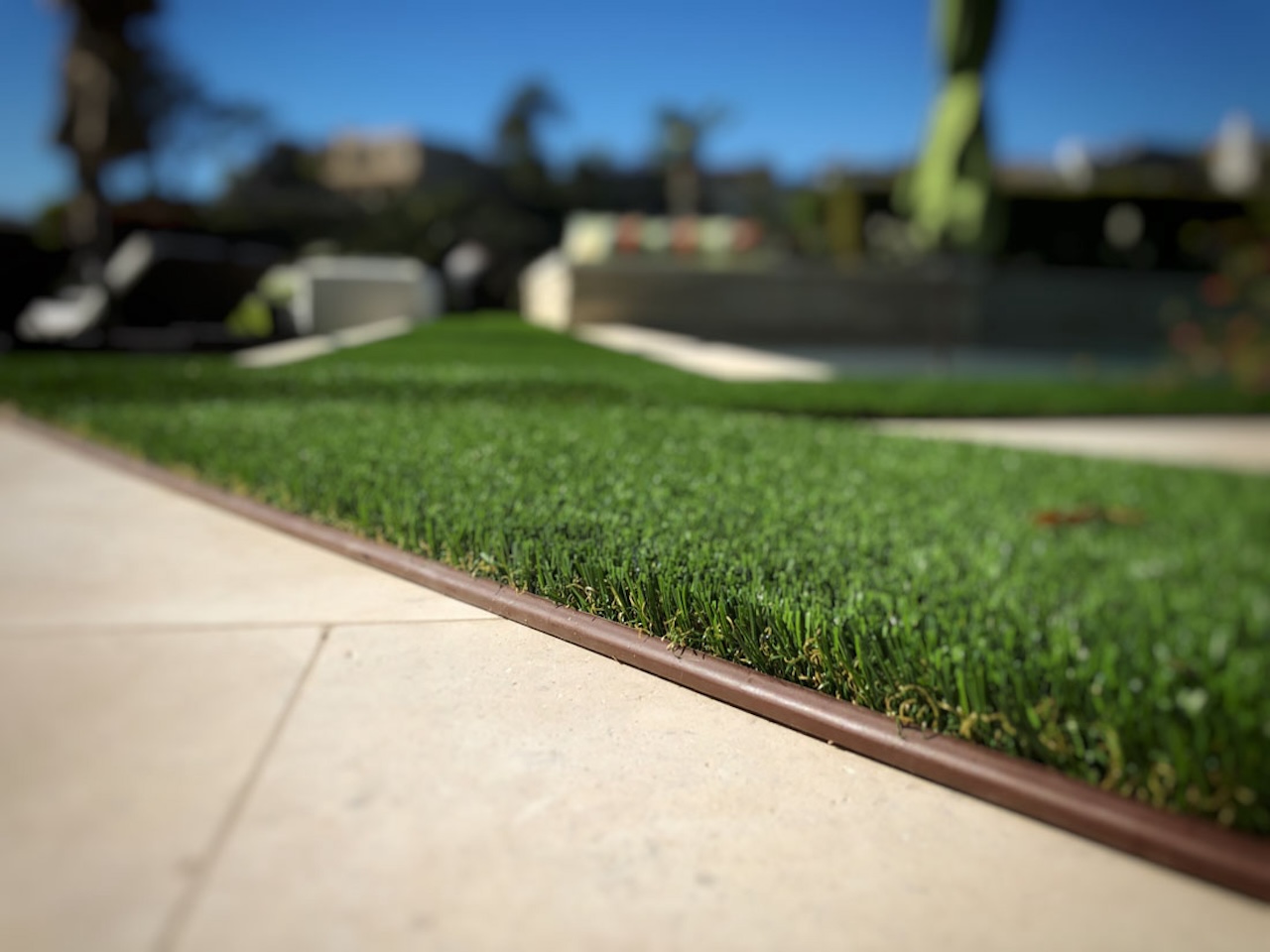
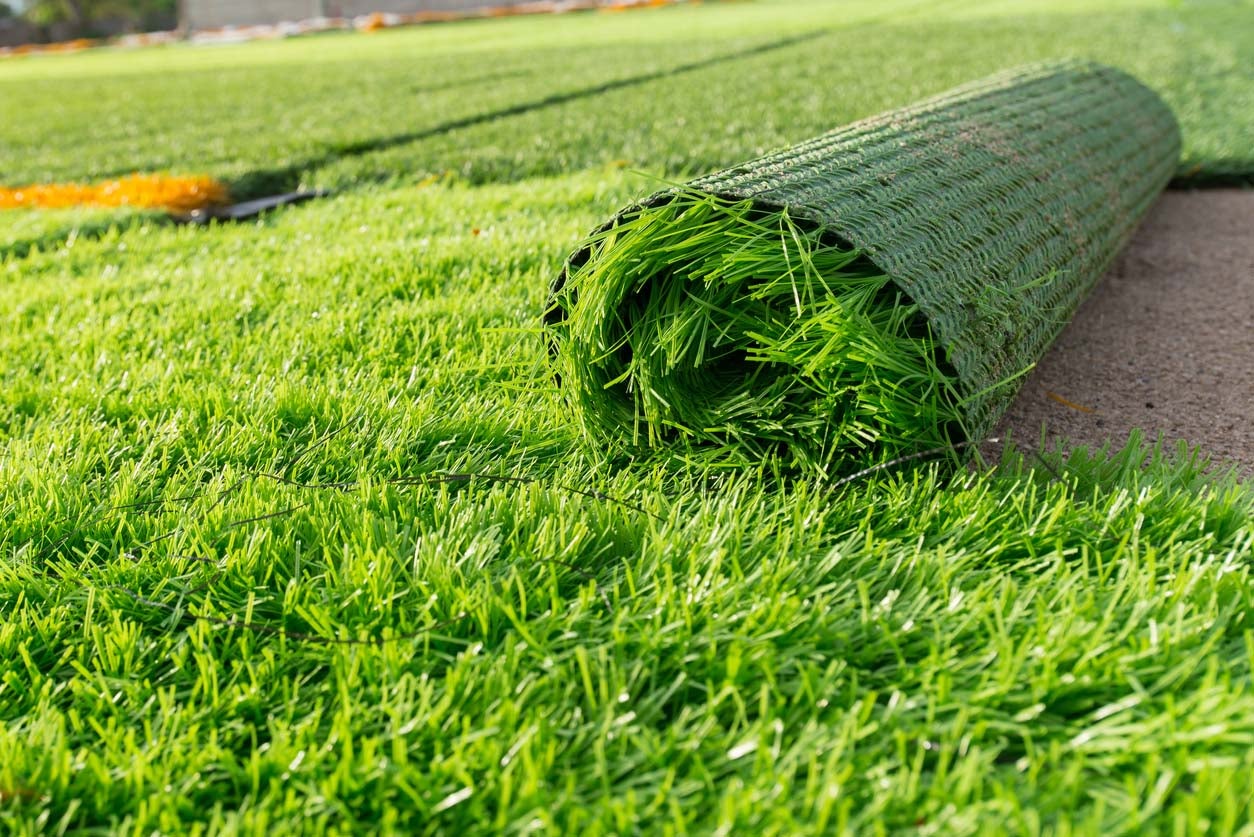
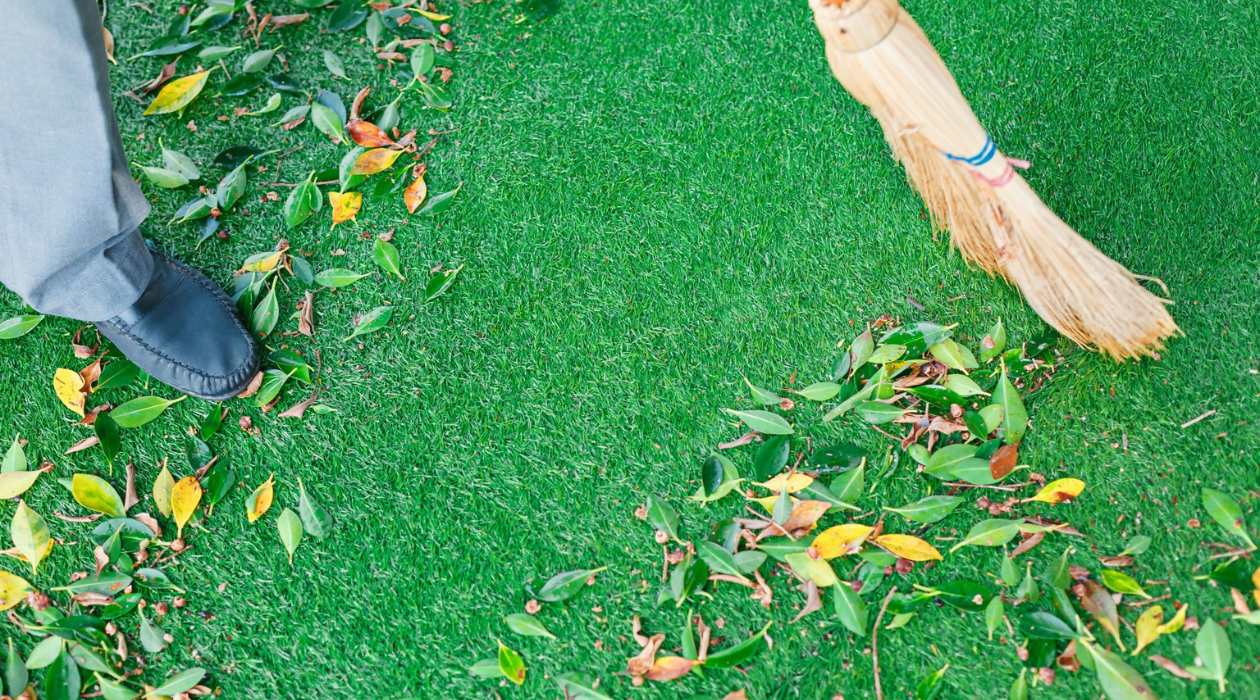

0 thoughts on “How Does Astro Turf Drain”